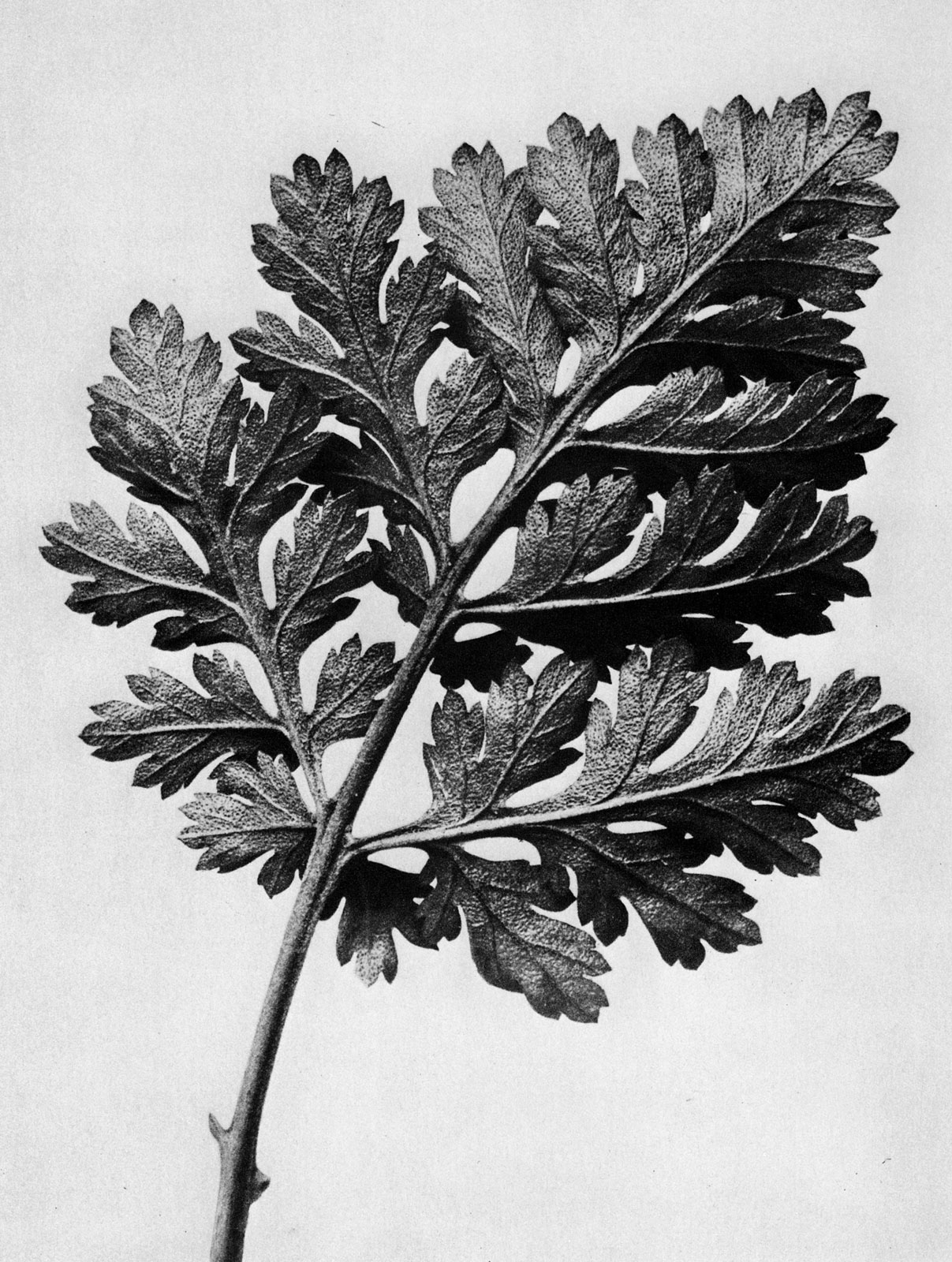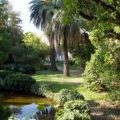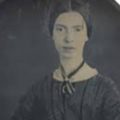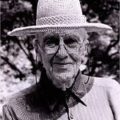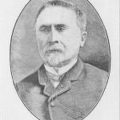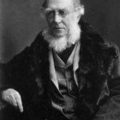Karl Blossfeldt
Art Forms in Nature
Today is the anniversary of the death of the German plant photographer Karl Blossfeldt who died on this day in 1932.
Working in Weimar, Germany as a sculptor and architect, Karl made his cameras himself and designed them to magnify up to thirty times - which allowed him to capture the incredible forms, patterns, and textures of plants. Blossfeldt’s work was not a passing fancy; he took pictures of plants for 35 years. Karl said,
“If I give someone a horsetail he will have no difficulty making a photographic enlargement of it – anyone can do that. But to observe it, to notice and discover old forms, is something only a few are capable of.“
Karl preferred to portray an idea, and as a result, he carefully selected his specimens. Even then, he shaped them with strategic pruning and clipping and arranged them in the very best light. As a teacher of industrial design, Blossfeldt wanted his students to understand that art and design originated in the forms of nature and he wrote,
“The plant must be valued as a totally artistic & architectural structure".
and
“The plant never lapses into mere arid functionalism; it fashions and shapes according to logic and suitability, and with its primeval force compels everything to attain the highest artistic form.”
Four years before his death, at the age of 63, Karl Blossfeldt created a book of his photographs called “Art Forms in Nature.” The book featured 120 photos, and they were all created using a home-made pinhole camera. The book made him famous. A few years later, a second edition featured more plant photographs.
After the first book was released, the San Francisco Examiner wrote a feature review that gushed:
“These photographs of leaves, blossoms, and stalks of living plants amplify details… not apparent to the human eye.
One of the most interesting of the photographs … is [of] the plant known as Willkomm's Saxifrage (pronounced SAK-suh-frij), enlarged eight times. The picture does not seem to be that of a plant but of a delicately designed and fashioned brooch.
Another [image] shows a shoot of the Japanese Golden Ball Tree, enlarged ten times, and is strikingly like the hilt of a sword used in the adventurous Middle Ages.
[Another] picture, showing the rolled leaf of a German ostrich fern, was also so much like a crozier (a hooked staff carried by a bishop) that it seems [it] must have been designed from fern leaves.
Another photograph looks like the detail of a Fourteenth Century screen done in wrought iron, but it is actually nothing but a picture of the tendrils of the common pumpkin vine enlarged four times.
Students all over Europe are interested in the German professor's unique discovery and will, in the future, go more and more to nature for decorative designs.”
Karl’s work still feels fresh and fascinating, and his 6,000 photographs remind us that art often imitates Nature. Karl’s microphotography is a great reminder to gardeners to look more closely at their plants.
It was Karl Blossfeldt who said,
"Nature educates us into beauty and inwardness and is a source of the most noble pleasure."
This post was featured onThe Daily Gardener podcast:
helping gardeners find their roots,
one story at a time
